Written by Karina Sujatmiko, Okumura Lab D1
On Saturday, 2 November 2019, I went to Wakayama Prefecture to see the earthquake and tsunami drill with my laboratory colleague (Ikeda-san and Nishizono-san) and Okumura-sensei. Located near the Nankai Through, Wakayama is threatened by earthquake and tsunami. Conducting a drill is an effective way for Wakayama Government to measure the performance and do the continuous improvement for disaster preparedness against the Nankai Trough Earthquake and Tsunamis.
This Wakayama earthquake and tsunami drill carried out on a large scale involves Japanese Ministry, local government, japan coast guard and army, research institute and many private companies. The drill started from 9.00 am to 12.00 pm. There were several stage performances during the drill. The first was tsunami sirens and warning, while at the same time collected and transmitted the information. After that there were lifesaving evacuation in the land, sea and air. Many scenarios applied in these evacuations, for the land lifesaving such as rescuing people from collapsed building and buried vehicle, for the sea lifesaving such as rescuing wounded person in the ship and handling the fire on the sea due to oil tank leaking, and for the air lifesaving such as rescue by helicopter and evacuation from the upper sky. People can participate by helping the army prepare hot food for disaster victims.
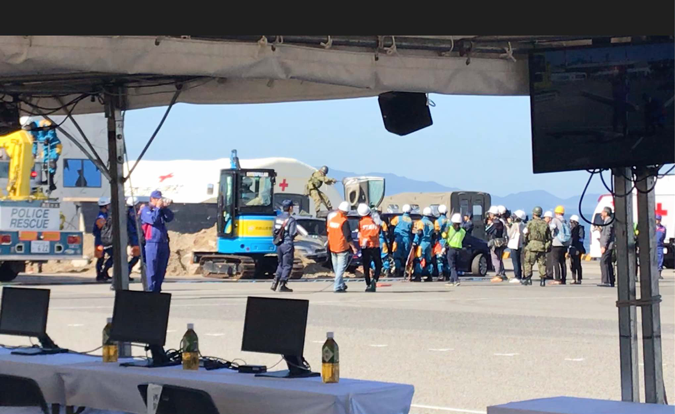
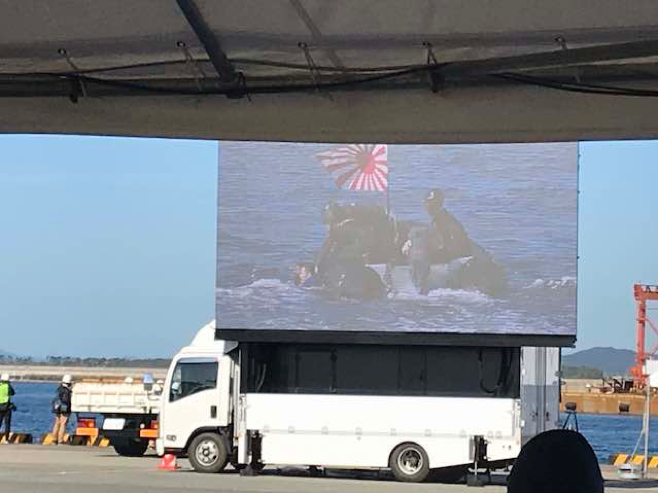
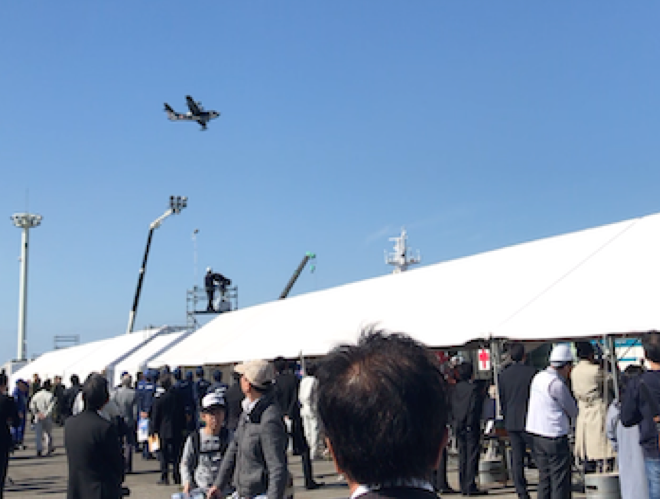
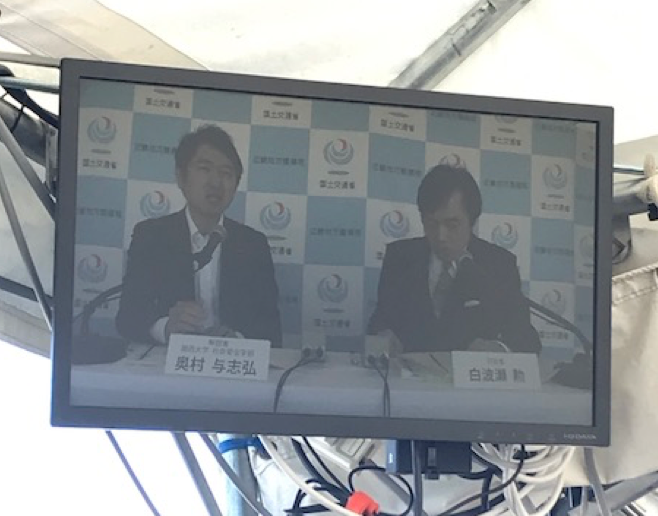
Beside the drill, there were many display booths showing their latest technology. In the booth, the assigned person was gladly explaining and answer our question. We also tried some activity in the booth, such as watching 3D GIS map, drilling concrete, drone simulation and wave tank simulation.
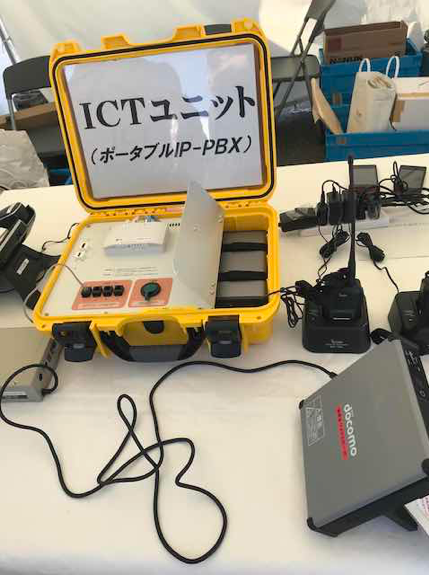
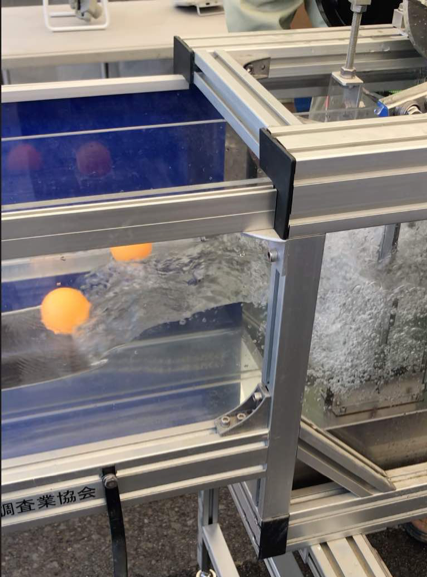
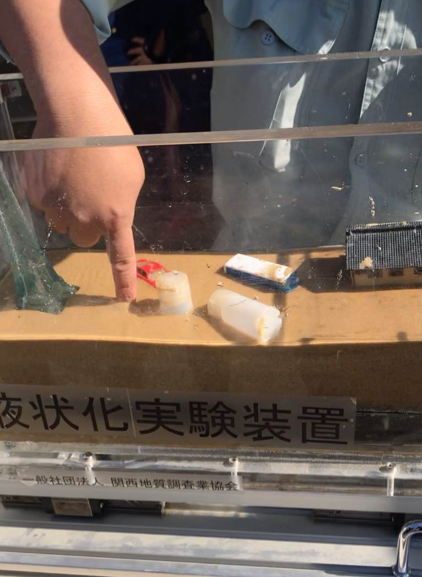
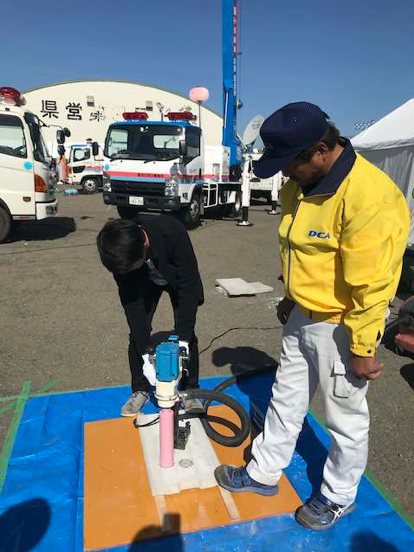
I was very impressed because it was my first-time experience to see a big scale disaster drill. I saw the agility and capability of each personnel when they were performing the lifesaving, creating a bridge to connect land and removing debris. I was also noticing the utilization of advanced technology during the drill such as artificial intelligence (AI) to gather information, very accurate GIS and sensors, sophisticated satellite and drone, and portable network communication.
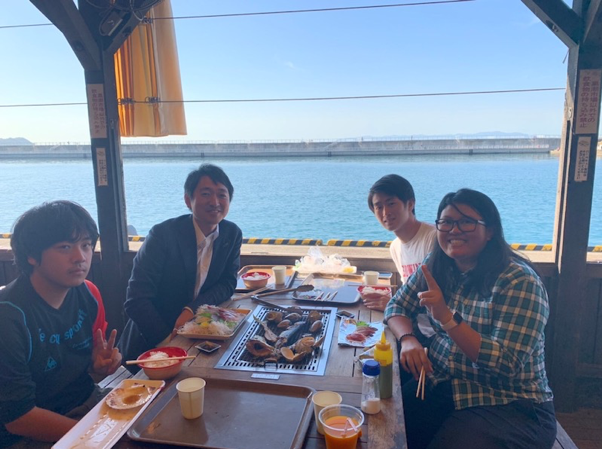
After the drill, Okumura sensei invited us to enjoy the food and scenery of Wakayama. We watched the tuna (Meguro) carving show. We also ate fresh seafood, like sashimi and grilled fish. It was my first experience eating grilled sea snails (Sazae) and seashell (Asari), even though the Sazae looks scary but I think it is delicious. I can say this experience as a Day Well Spent!